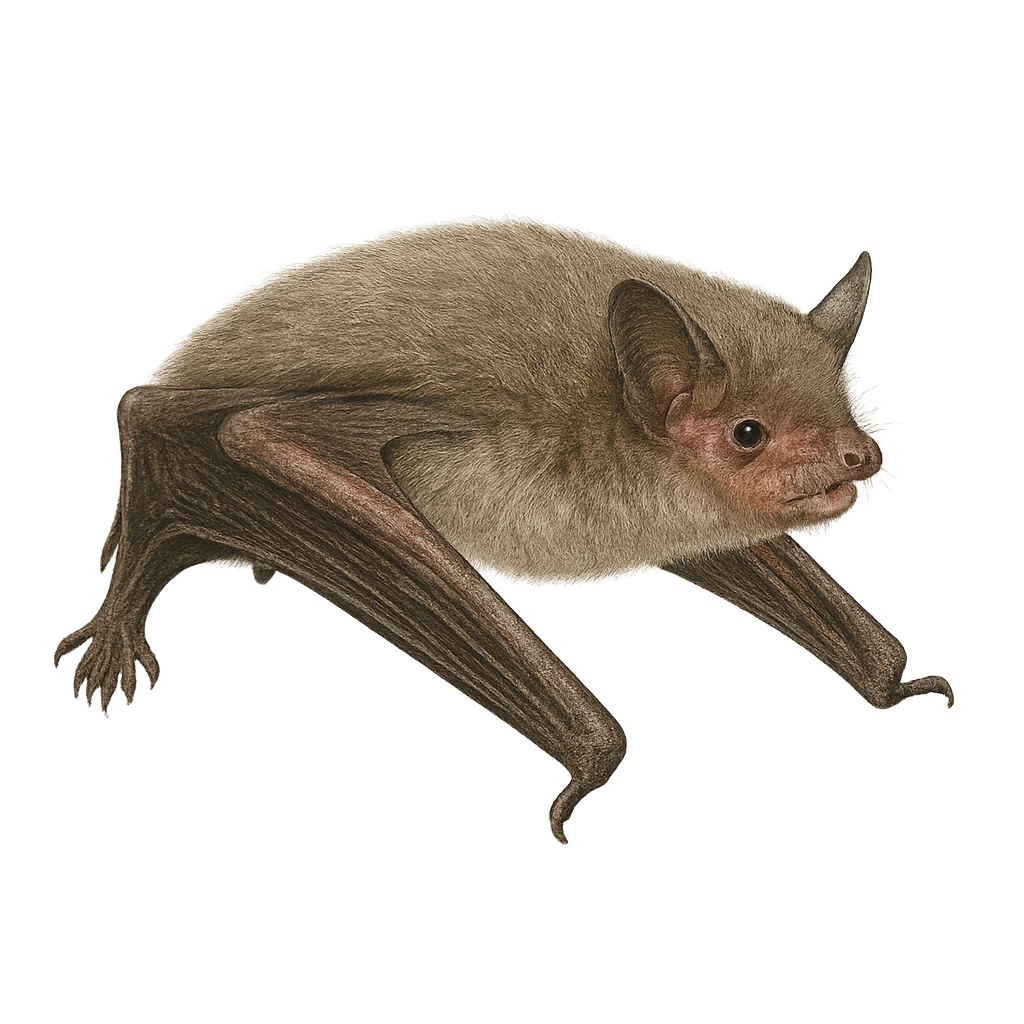Your wildlife photography guide.
Explore the daubenton's bat in detail, study its behavior, prepare your shots.
Where to observe and photograph the daubenton's bat in the wild
Learn where and when to spot the daubenton's bat in the wild, how to identify the species based on distinctive features, and what natural environments it inhabits. The WildlifePhotographer app offers tailored photography tips that reflect the daubenton's bat’s behavior, helping you capture better wildlife images. Explore the full species profile for key information including description, habitat, active periods, and approach techniques.
Daubenton's bat
Scientific name: Myotis daubentonii

IUCN Status: Least Concern
Family: VESPERTILIONIDAE
Group: Mammals
Sensitivity to human approach: Tolerant
Minimum approach distance: 5 m
Rut period: August to September
Gestation: 45-60 jours
Births: June to July
Habitat:
forests, rivers, lakes, marshes
Activity period :
Mainly active at night, generally discreet during the day.
Identification and description:
The Daubenton's bat is a medium-sized bat, easily recognizable by its brown-grey fur on the back and lighter on the belly. Its ears are short and rounded, and its wings are long and narrow, adapted for fast and agile flight. This species is often seen flying low over water bodies, where it primarily hunts aquatic insects. It uses echolocation to navigate and locate its prey. The Daubenton's bat is a nocturnal animal, spending its days in shelters such as tree cavities, buildings, or bridges. It is widely distributed in Europe and Asia, preferring habitats near water.
Recommended lens:
200 mm – adjust based on distance, desired framing (portrait or habitat), and approach conditions.
Photography tips:
To photograph the Daubenton's bat, focus on dusk or clear nights near water bodies. Use a 200 mm or longer lens to capture sharp images from a distance. A tripod can be helpful to stabilize the camera in low light conditions. Be patient and wait for the bat to fly low over the water to hunt. Using a flash can be considered, but be careful not to disturb the animal.
The WildlifePhotographer App is coming soon!
Be the first to explore the best nature spots, track rutting seasons, log your observations, and observe more wildlife.
Already 1 431 wildlife lovers subscribed worldwide

